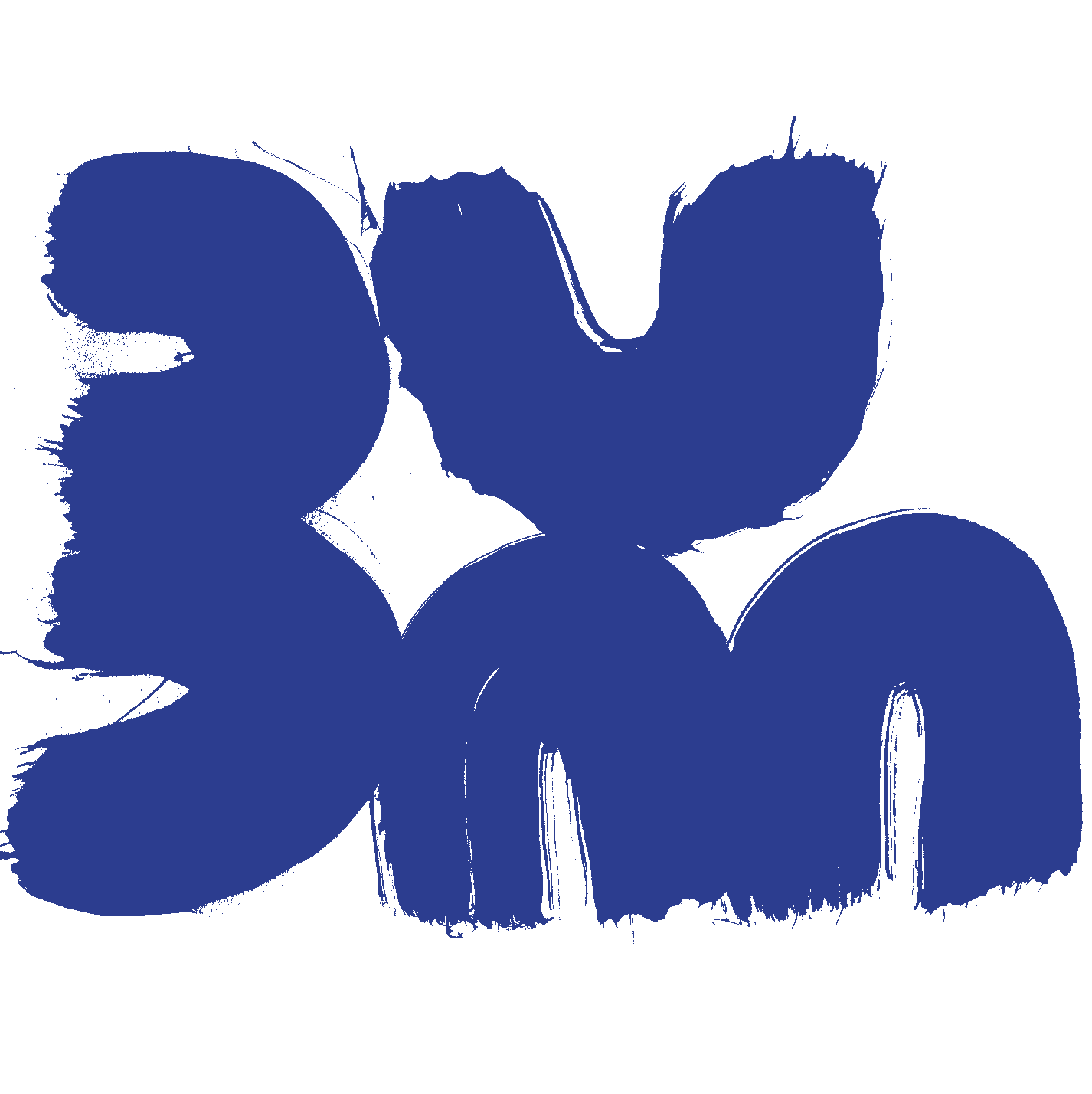Evolving Workspace
The rise of digitalisation has seen an increase in flexibility and various means of collaboration in the workplace, both in physical space and through virtual platforms. This shift to a new focus in the design of workplaces has included the emergence of co-working spaces, start-up hubs and other shared office types. These have contributed to the growth of self-management and an increase in spaces where individuals can thrive as part of a community. The present emphasis on collaboration and flexible work has also led to a widening of options within the workplace: an increase in informal meeting areas, reservable rooms, sofas, lounge chairs, and other types of temporary workstations give the contemporary worker choice, where there once was none. The following will examine the evolution of workspace design in the 20th Century, through the prism of European and American cinema. Cinematic depictions of workspaces help us to understand contemporaneous societal attitudes, with the film-maker’s own critical lens as a guide. Changes in social interactions, workplace expectations and designs trends can all be observed in this way.
Charles Chaplin’s 1936 film ‘Modern Times’ presents the workplace as a clear dichotomy between man and factory work. Chaplin’s representation of industrialism and Fordism show humanity as an anonymous part of the assembly line, living in fear of unemployment. The film critiques the inhumane working conditions of the time, with workers watched over by management through cameras, individuality suppressed and monotonous efficiency prioritised over mental and physical health.
By the 1960s, the immediate physical threat that was present in Chaplin’s time had been largely removed through the process of modernisation. However trends in contemporary office design remained problematic, for example, no shared workspaces or soft furnishings and a tendency towards private cubicles all discouraged collaborative working and undervalued social interaction. In the film ‘Playtime’, French director Jacques Tati depicts this ‘modern’ society as a maze-like, chaotic and nearly alien world, filled with tourism. The city is portrayed in glass and steel, creating a feeling of constant development. People are shown as travellers in a strange world. In the opening scene of the film, a workplace of this world is represented as a labyrinth of lobbies and squeaky chairs; private cubicles; and glass walls that workers bump into constantly. The private cubicles are isolated units with personal workstations hidden between movable storage systems and partition walls just high enough to obstruct the views of visitors. Tati’s representation of the workplace is a critique of the emerging cubicle office, a typology which would later be referred to as a ‘cubicle-farm’. These interior spaces were characterised by a rigid spatial organisation and sterile materiality, creating a feeling of modernity as something un-natural. This representation of the modern world feels like a continuation of Chaplin’s, yet this time in offices filled with white collar workers instead of factory workers.

‘The Internship’ (2013), directed by Shawn Levy, examines the cliché of early 2000s information technology companies. The workplace shown in the movie demonstrates a notable shift in office design from the cubicle-farms of the 1960s to spaces focused on collaboration, moments of leisure, and “fun”. When Owen Wilson’s character first arrives at Google, he declares “Picture the best amusement park you’ve ever been to as a kid. Now imagine nothing like it and a million times better”. The entrance to the corporate campus shown in the film, a replica of Google’s California headquarters, is characterised by the playful colours of the corporation, a cafeteria with free beverages and food, a large atrium space for gatherings, and various oddities such as internal slides. At first, the spatial organisation depicted in the film does not seem to be wildly different from a traditional open plan office: the employees still work from individual workstations gathered in open space and equipped with ergonomic task chairs, white tables and personal trolleys. The spaces for management personnel are located closer to natural light and away from any noise created by central circulation routes. In terms of interior design, the most notable change in these spaces is the extensive use of transparent partition walls as surfaces to write on, and the addition of sofas close to personal workstations.
‘The Internship’ was produced in close collaboration with Google and, as such, does not even attempt to offer the same level of social criticism as either ‘Modern Times’ or ‘Playtime’. Rather, the film strives to emphasise the positive aspects of this workplace typology: focusing on workers engaging in physical collaboration and gathering around soft furnishings, gesturing towards leisure and inclusivity. Despite this, the film’s representation of the workplace also raises questions of contemporary working practices: how can design encourage people with different backgrounds and personalities to find a work culture suitable for efficient collaboration? What are the boundaries between work and leisure?
Presently, the influence of the global pandemic on work culture has pushed many to reflect on the purpose of the workplace and question the assumption of return to the ‘traditional’ office – whatever that may mean. Certainly, the next evolution of the workplace should not feel as alien as those represented by Tati and Chaplin. Instead, it should go further in answering the questions beneath the colourful surface of ‘The Internship’. The designers of the future workplace should focus on creating spaces which enable various personalities to come together and benefit from each other’s experiences, whilst also understanding and catering for the needs of each individual.
Markus Holste

